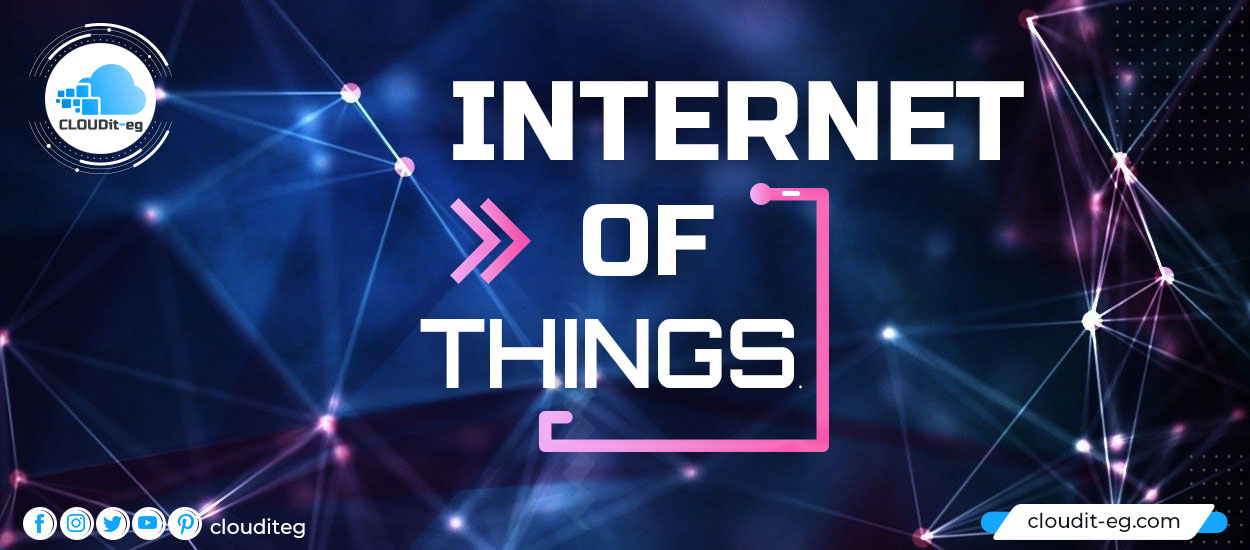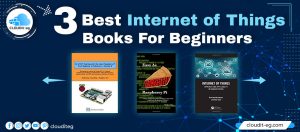Internet of Things, or IoT, is a scenario in which objects, animals, and people are assigned unique identifiers, as well as the ability to transfer data over a network without requiring any human interaction. -to-human or human-to-machine.
The IoT is the result of the convergence of wireless technologies, micro-electromechanical systems (MEMS), and the Internet.
In the Internet of Things, an “object” can be a person equipped with a pacemaker, a farm animal that carries a chip (transponder), a car that carries sensors to alert the driver when the tire pressure is too high. weak, or any natural or human-made object that can be assigned an IP address and the ability to transfer data over a network.
For now, the Internet of Things is closely associated with machine-to-machine (M2M) communication in manufacturing and energy (electricity, oil, and gas).
Products that incorporate M2M communication capabilities are often referred to as intelligent or smart. We speak for example of the smart label, smart meter, smart grid sensor.
The large increase in address space allowed by the IPv6 protocol is an important factor in the development of the Internet of Things. According to Steve Leibson, who calls himself “an occasional guide to the Museum of the History of Computing”, expanding the address space allows us “to assign an IPv6 address to each atom in the surface of the Earth, while keeping enough addresses in reserve for an additional 100 planets Earth. ”
In other words, humans can easily assign an IP address to every “object” on Earth. In addition, an increase in the number of smart nodes, as well as the amount of upstream data generated by these nodes, is creating new concerns in terms of data confidentiality, data sovereignty, and security.
If the concept did not have a name before 1999, the Internet of Things has been developing for decades. So the first Internet appliance was a Coca-Cola distributor installed at Carnegie Melon University in the early 1980s. Developers could connect to the machine over the Internet, check its status, and thus determine if they could rely on it. a cold drink in case they decide to go downstairs.
Co-founder and CEO of MIT’s Auto-ID Center, Kevin Ashton first mentioned the Internet of Things during a presentation he hosted for Procter & Gamble. He explains the potential of IoT in these terms:
“Today’s computers – and therefore the Internet – are almost totally dependent on humans for information. Almost all of the nearly 50 petabytes (one petabyte – Po – equals 1024 terabytes – TB) of data available on the Internet has been captured and created by humans; by entering, pressing a key, taking a digital photograph, or scanning a barcode.
The problem is that humans have limited time, attention, and precision. Which is to say, they’re not very good at capturing data on real-world objects. If we had computers that knew everything there was to know about objects – using data that they would collect without any human assistance – we would be able to identify and count everything, greatly reducing the burden of waste, losses, and costs. Then we would know when things need to be replaced, repaired, or recalled, and whether they are still fresh or past their expiration date. “




